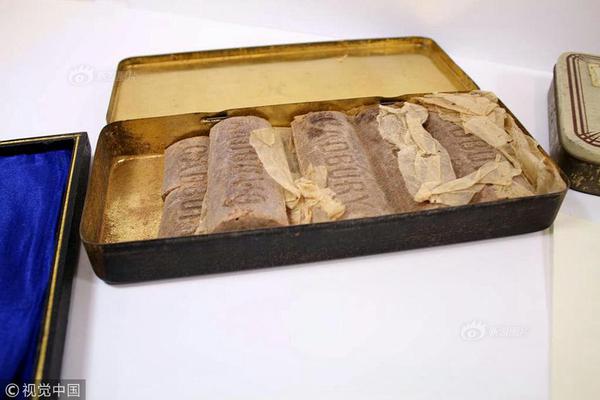
1. The car purchase policy in May includes: purchase tax reduction policy, loan preferential policy, car insurance Preferential policies and car purchase subsidies. Purchase tax reduction policy: The purchase tax for the purchase of ordinary cars will end on May 31, 2023, and the purchase tax for the purchase of new energy vehicles will continue to be reduced.
2. Chongqing Automobile Subsidy Policy 2023 From March 20, the replacement of old cars will no longer be implemented, and consumers will directly subsidize the purchase of new passenger cars (including new energy vehicles and fuel vehicles). The total amount of municipal financial subsidies, subsidy standards and methods, declaration channels and procedures will remain unchanged.
3. The annual government subsidy policy for car purchase is as follows: New energy vehicles purchased from January 1, 2023 to December 31, 2023 are exempt from vehicle purchase tax.
4. The latest regulations on car purchase subsidies in Shenzhen in 2023 are as follows: Shenzhen's self-branded new energy vehicles or new energy models equipped with the open source Hongmeng system and its commercial version will be subsidized by 3,000 yuan per car (can be superimposed with the above subsidies). The total amount of the above car purchase subsidies does not exceed 40 million yuan, first-come, first-served.
5. The annual preferential policies for car purchase include government financial subsidies, bank loans, car mortgages, subsidies for the purchase of new energy vehicles, and environmental protection subsidies. Government financial subsidies: The government will implement the car purchase tax exemption policy to reduce the purchase tax for consumers who buy new energy vehicles and reduce the burden of car purchase.
6. The preferential policies for car purchase include: new energy vehicle subsidy policy, purchase tax reduction policy, loan preferential policy, car insurance preferential policy, and travel restriction policy. New energy vehicle subsidy policy The new energy vehicle subsidy policy will remain the same, and the national new energy vehicle purchase tax reduction policy will continue to be implemented.

1. First of all, consumers need to bring a copy of their ID card, driver's license and invoice, collect this information according to the energy-saving product project and send it to the manufacturer. After final verification, the subsidy funds will be transferred to consumers in the second month.
2. First of all, consumers need to bring their ID card driving license and a copy of the invoice. After collecting this information according to the project of energy-saving products, send it to the manufacturer. After final verification, the subsidized funds will be transferred to the consumers in the second month.
3. After buying the car, go to the traffic police to settle down, and then collect a copy of the ID card, driver's license, driving license, vehicle invoice and purchase tax payment certificate and send it to the manufacturer. After verification, it will be transferred to the designated account after 15 working days.
Standard Scale: Article 9 The subsidy standard is determined according to the energy of the power battery pack. New energy vehicles that meet the support conditions will be subsidized at 3,000 yuan/kWh. Plug-in hybrid passenger vehicles are subsidized up to 50,000 yuan/vehicle; pure electric passenger vehicles are subsidized up to 60,000 yuan/vehicle. Article 10 Financial subsidies shall adopt a retreat mechanism.
On this basis, multiply by the multiple of the subsidy corresponding to the battery energy density to get the amount of state subsidy.In addition, new energy vehicles can also enjoy local subsidies, abbreviated as "land subsidies". The specific amount of local subsidies shall be implemented in accordance with the standards issued by local governments, but the maximum shall not exceed 50% of the state subsidies.
Fuel vehicles and new energy vehicles are given a one-time subsidy of 1,000 yuan/vehicle. 200,000 () fuel vehicles are given a one-time subsidy of 4,000 yuan/vehicle: new energy vehicles are given a one-time subsidy of 5,000 yuan/vehicle.
The application needs to be applied to the local finance department or the township-level finance department. When applying, you need to bring the original car purchase invoice, the original motor vehicle driving license, the factory qualification certificate of the motor vehicle, the ID card of the motor vehicle owner, the household registration book of the motor vehicle owner, the identification card of the car going to the countryside, the grain direct supplement passbook, etc. .
You need to apply to the local finance or township-level finance. When applying, you need to bring the original car purchase invoice, the original driving license, the factory qualification certificate of the car, the ID card of all the car, the household registration book of all the car, the identification card of the car going to the countryside, the direct grain supplement passbook, etc.
According to the actual test, the fuel consumption of the certificated vehicle under comprehensive working conditions is about 20% lower than the current standard.
You need to apply to the local finance department or the township finance department. When applying, you need to bring the original car purchase invoice, the original motor vehicle driving license, the motor vehicle factory qualification certificate, the motor vehicle owner's ID card, the motor vehicle owner's household registration book, the rural car identification card, the grain direct supplement passbook, etc.
In addition, the government will increase the research and development and promotion of new energy vehicle technology, further improve the technical level and market competitiveness of new energy vehicles, and promote the healthy development of the new energy vehicle industry.
The annual subsidy for new energy vehicles has been canceled. Subsidies for new energy vehicles were originally scheduled to end on December 31, 2022, that is, new energy subsidies will be canceled in 2023.
"State subsidy declines" refers to the state's policy of gradually reducing subsidies for new energy vehicles. By 2020, China's new energy vehicles will generally receive subsidies of 50,000 to 50,000 yuan, but this policy has been gradually terminated in 2021.
Among them: the subsidy standard from 2017 to 2018 is based on 2016Decreased by 20%. The subsidy standard in 2019-2020 decreased by 40% on the basis of 2016. After 2020, the subsidy policy will be completely withdrawn. Attached to the 2018 New Energy Subsidy Policy: The 2018 New Energy Vehicle Subsidy Policy was officially implemented on June 12, 2018.
The central government provides subsidies according to the number of private purchases in the pilot city and the prescribed standards. For enterprises that adopt the battery leasing method, the amount of subsidies is determined by the number of new energy vehicles they serve.
New energy vehicle subsidies are a policy of the state to encourage people to buy new energy vehicles. The biggest purpose of this policy is actually to benefit consumers. After all, the final result of this subsidy is that you spend less money on the purchase of new energy vehicles, so you will eventually benefit from the purchase of new energy vehicles.
National Subsidy Standards for New Energy VehiclesGlobal supply chain risk assessment-APP, download it now, new users will receive a novice gift pack.
1. The car purchase policy in May includes: purchase tax reduction policy, loan preferential policy, car insurance Preferential policies and car purchase subsidies. Purchase tax reduction policy: The purchase tax for the purchase of ordinary cars will end on May 31, 2023, and the purchase tax for the purchase of new energy vehicles will continue to be reduced.
2. Chongqing Automobile Subsidy Policy 2023 From March 20, the replacement of old cars will no longer be implemented, and consumers will directly subsidize the purchase of new passenger cars (including new energy vehicles and fuel vehicles). The total amount of municipal financial subsidies, subsidy standards and methods, declaration channels and procedures will remain unchanged.
3. The annual government subsidy policy for car purchase is as follows: New energy vehicles purchased from January 1, 2023 to December 31, 2023 are exempt from vehicle purchase tax.
4. The latest regulations on car purchase subsidies in Shenzhen in 2023 are as follows: Shenzhen's self-branded new energy vehicles or new energy models equipped with the open source Hongmeng system and its commercial version will be subsidized by 3,000 yuan per car (can be superimposed with the above subsidies). The total amount of the above car purchase subsidies does not exceed 40 million yuan, first-come, first-served.
5. The annual preferential policies for car purchase include government financial subsidies, bank loans, car mortgages, subsidies for the purchase of new energy vehicles, and environmental protection subsidies. Government financial subsidies: The government will implement the car purchase tax exemption policy to reduce the purchase tax for consumers who buy new energy vehicles and reduce the burden of car purchase.
6. The preferential policies for car purchase include: new energy vehicle subsidy policy, purchase tax reduction policy, loan preferential policy, car insurance preferential policy, and travel restriction policy. New energy vehicle subsidy policy The new energy vehicle subsidy policy will remain the same, and the national new energy vehicle purchase tax reduction policy will continue to be implemented.

1. First of all, consumers need to bring a copy of their ID card, driver's license and invoice, collect this information according to the energy-saving product project and send it to the manufacturer. After final verification, the subsidy funds will be transferred to consumers in the second month.
2. First of all, consumers need to bring their ID card driving license and a copy of the invoice. After collecting this information according to the project of energy-saving products, send it to the manufacturer. After final verification, the subsidized funds will be transferred to the consumers in the second month.
3. After buying the car, go to the traffic police to settle down, and then collect a copy of the ID card, driver's license, driving license, vehicle invoice and purchase tax payment certificate and send it to the manufacturer. After verification, it will be transferred to the designated account after 15 working days.
Standard Scale: Article 9 The subsidy standard is determined according to the energy of the power battery pack. New energy vehicles that meet the support conditions will be subsidized at 3,000 yuan/kWh. Plug-in hybrid passenger vehicles are subsidized up to 50,000 yuan/vehicle; pure electric passenger vehicles are subsidized up to 60,000 yuan/vehicle. Article 10 Financial subsidies shall adopt a retreat mechanism.
On this basis, multiply by the multiple of the subsidy corresponding to the battery energy density to get the amount of state subsidy.In addition, new energy vehicles can also enjoy local subsidies, abbreviated as "land subsidies". The specific amount of local subsidies shall be implemented in accordance with the standards issued by local governments, but the maximum shall not exceed 50% of the state subsidies.
Fuel vehicles and new energy vehicles are given a one-time subsidy of 1,000 yuan/vehicle. 200,000 () fuel vehicles are given a one-time subsidy of 4,000 yuan/vehicle: new energy vehicles are given a one-time subsidy of 5,000 yuan/vehicle.
The application needs to be applied to the local finance department or the township-level finance department. When applying, you need to bring the original car purchase invoice, the original motor vehicle driving license, the factory qualification certificate of the motor vehicle, the ID card of the motor vehicle owner, the household registration book of the motor vehicle owner, the identification card of the car going to the countryside, the grain direct supplement passbook, etc. .
You need to apply to the local finance or township-level finance. When applying, you need to bring the original car purchase invoice, the original driving license, the factory qualification certificate of the car, the ID card of all the car, the household registration book of all the car, the identification card of the car going to the countryside, the direct grain supplement passbook, etc.
According to the actual test, the fuel consumption of the certificated vehicle under comprehensive working conditions is about 20% lower than the current standard.
You need to apply to the local finance department or the township finance department. When applying, you need to bring the original car purchase invoice, the original motor vehicle driving license, the motor vehicle factory qualification certificate, the motor vehicle owner's ID card, the motor vehicle owner's household registration book, the rural car identification card, the grain direct supplement passbook, etc.
In addition, the government will increase the research and development and promotion of new energy vehicle technology, further improve the technical level and market competitiveness of new energy vehicles, and promote the healthy development of the new energy vehicle industry.
The annual subsidy for new energy vehicles has been canceled. Subsidies for new energy vehicles were originally scheduled to end on December 31, 2022, that is, new energy subsidies will be canceled in 2023.
"State subsidy declines" refers to the state's policy of gradually reducing subsidies for new energy vehicles. By 2020, China's new energy vehicles will generally receive subsidies of 50,000 to 50,000 yuan, but this policy has been gradually terminated in 2021.
Among them: the subsidy standard from 2017 to 2018 is based on 2016Decreased by 20%. The subsidy standard in 2019-2020 decreased by 40% on the basis of 2016. After 2020, the subsidy policy will be completely withdrawn. Attached to the 2018 New Energy Subsidy Policy: The 2018 New Energy Vehicle Subsidy Policy was officially implemented on June 12, 2018.
The central government provides subsidies according to the number of private purchases in the pilot city and the prescribed standards. For enterprises that adopt the battery leasing method, the amount of subsidies is determined by the number of new energy vehicles they serve.
New energy vehicle subsidies are a policy of the state to encourage people to buy new energy vehicles. The biggest purpose of this policy is actually to benefit consumers. After all, the final result of this subsidy is that you spend less money on the purchase of new energy vehicles, so you will eventually benefit from the purchase of new energy vehicles.
National Subsidy Standards for New Energy VehiclesGlobal trade pattern recognition
author: 2024-12-24 02:03HS code-based value chain optimization
author: 2024-12-24 01:32Global trade pattern recognition
author: 2024-12-24 01:23HS code validation for diverse industries
author: 2024-12-24 01:03How to analyze customs transaction records
author: 2024-12-24 00:42Rare earth minerals HS code classification
author: 2024-12-24 02:28Country-specific HS code exemptions
author: 2024-12-24 02:15HS code-driven sectoral analysis
author: 2024-12-24 02:09Exotic textiles HS code classification
author: 2024-12-24 01:56Global supplier scorecard templates
author: 2024-12-24 00:05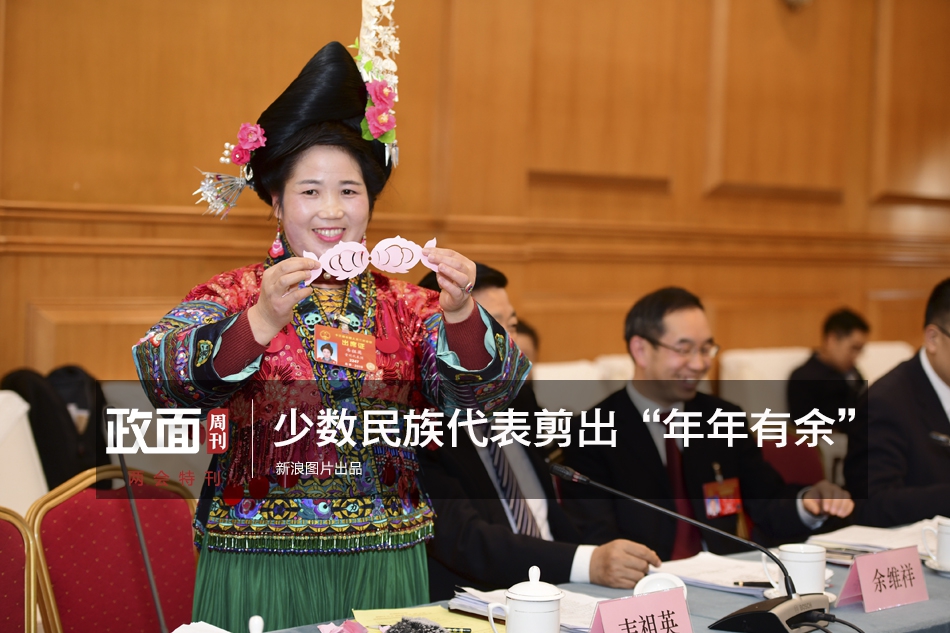 Country-of-origin rules by HS code
Country-of-origin rules by HS code
767.32MB
Check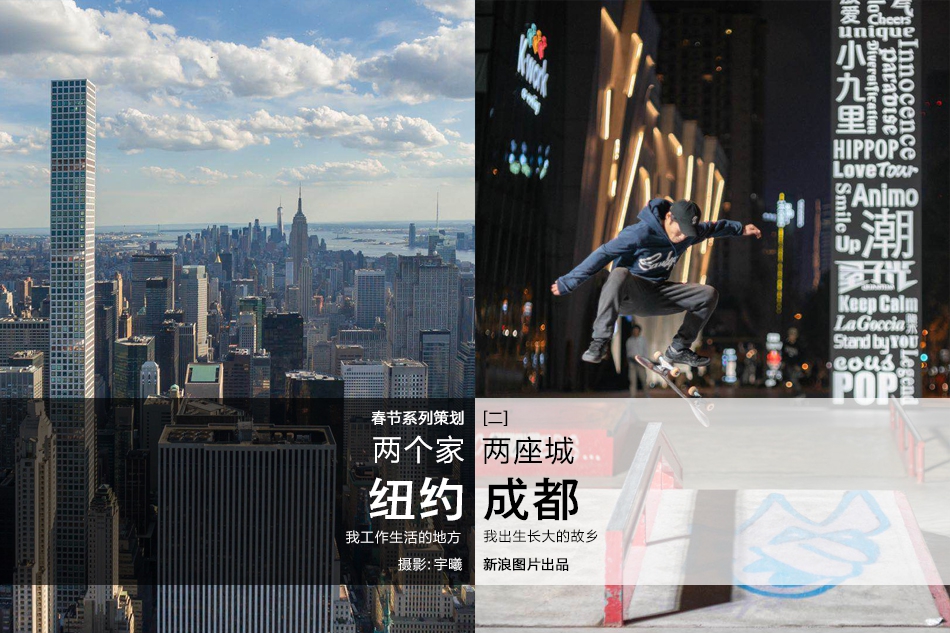 HS code-based compliance in Asia-Pacific
HS code-based compliance in Asia-Pacific
123.81MB
Check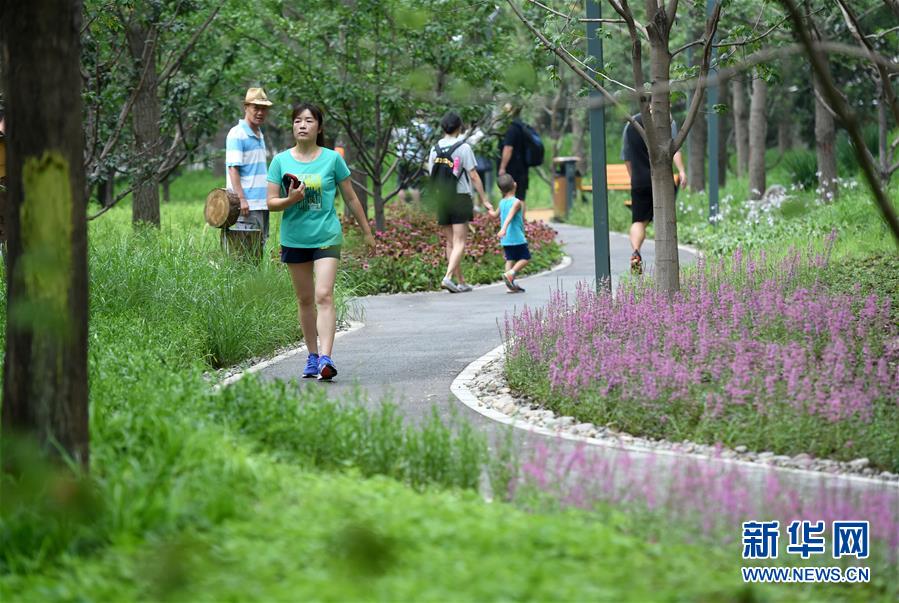 Comparative supplier performance data
Comparative supplier performance data
994.62MB
Check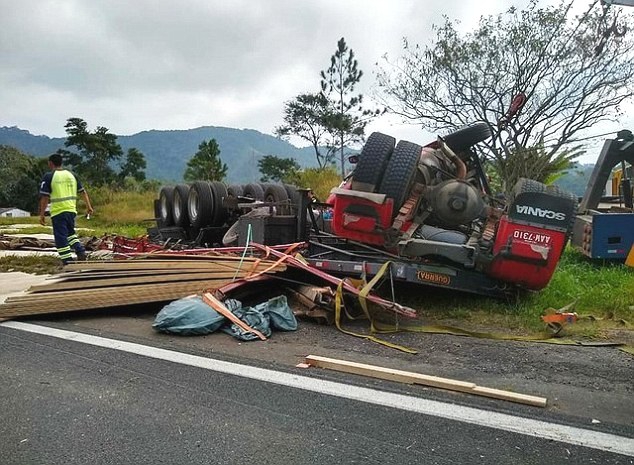 Asia trade analytics platform
Asia trade analytics platform
211.24MB
Check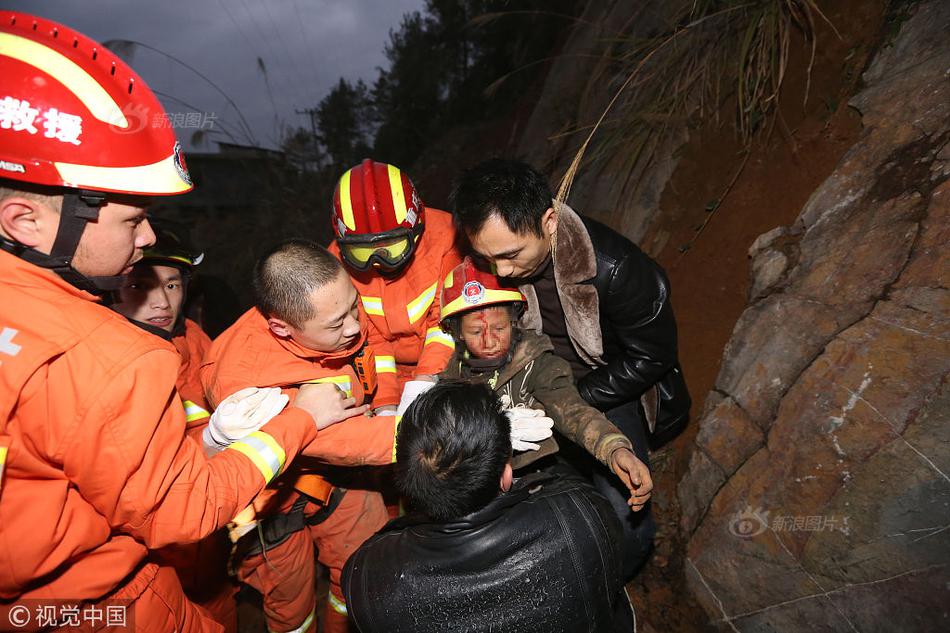 Frozen goods HS code classification
Frozen goods HS code classification
158.49MB
Check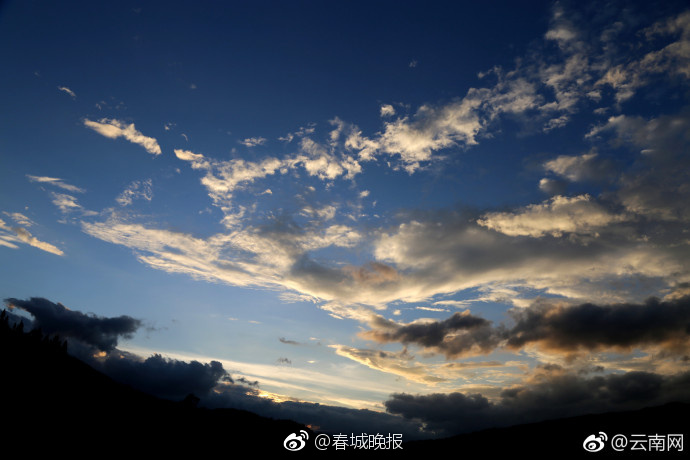 HS code-driven cost-benefit analyses
HS code-driven cost-benefit analyses
855.22MB
Check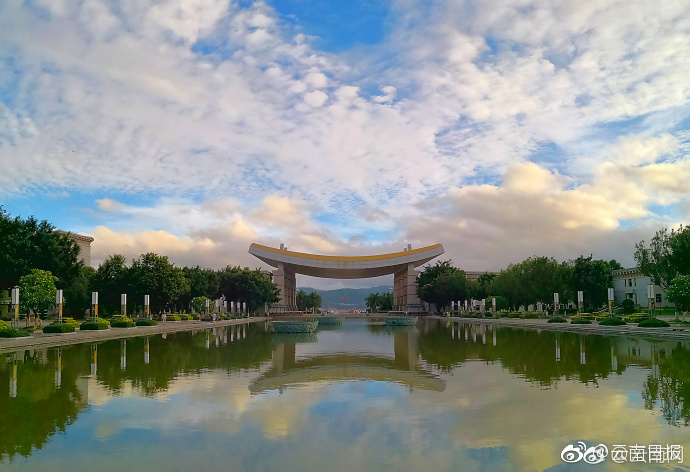 Advanced trade data analytics techniques
Advanced trade data analytics techniques
166.84MB
Check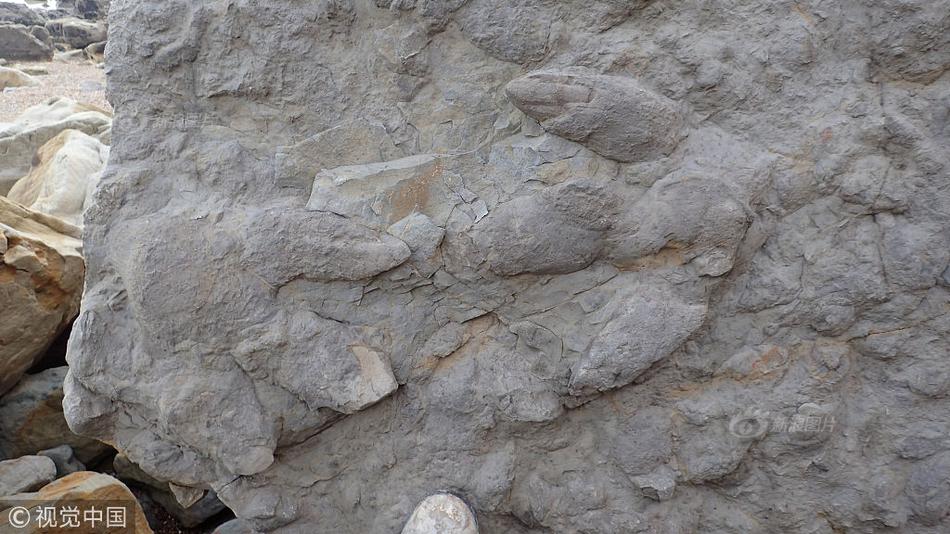 HS code-driven supplier reduction strategies
HS code-driven supplier reduction strategies
935.55MB
Check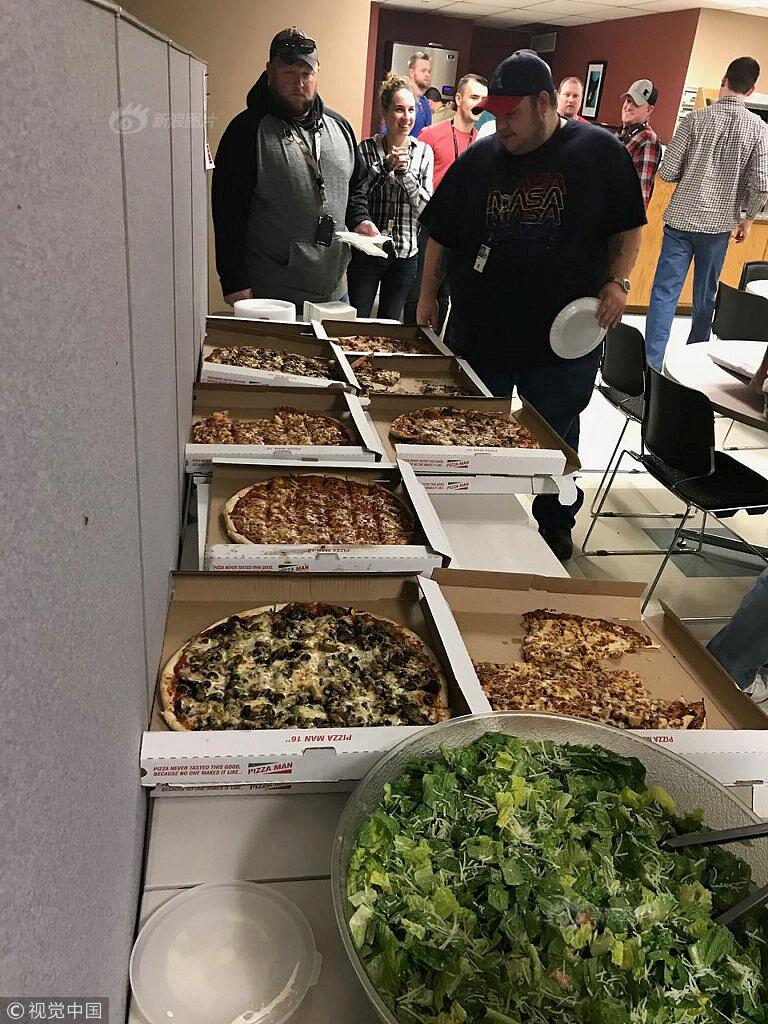 Advanced materials HS code classification
Advanced materials HS code classification
588.49MB
Check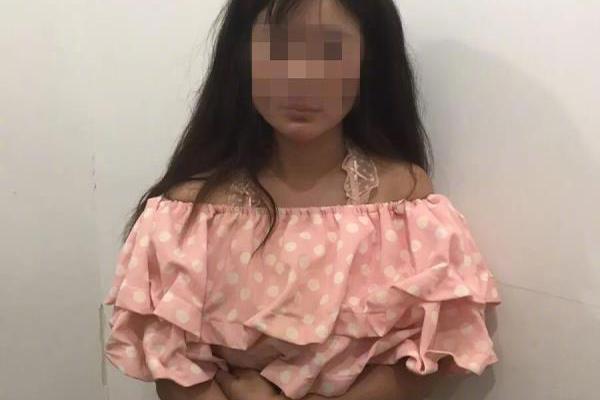 How to identify tariff loopholes
How to identify tariff loopholes
585.85MB
Check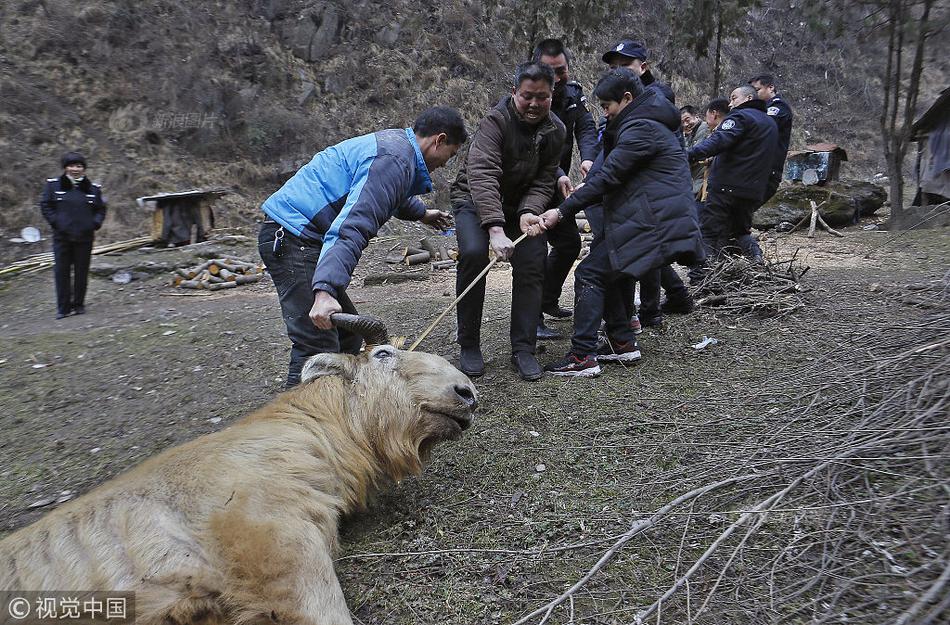 HS code utilization in trade feasibility studies
HS code utilization in trade feasibility studies
856.62MB
Check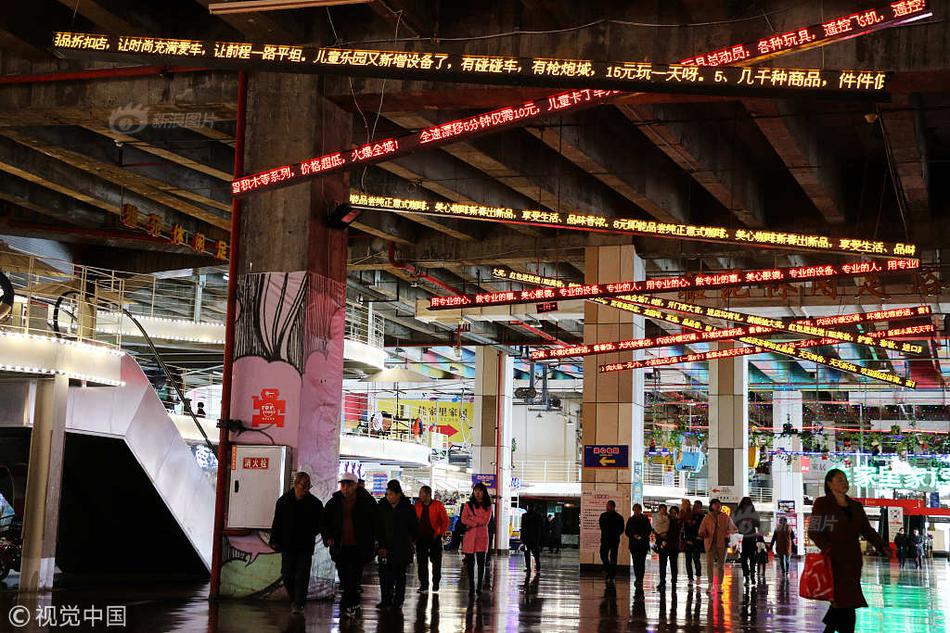 Trade data-driven supply chain optimization
Trade data-driven supply chain optimization
494.56MB
Check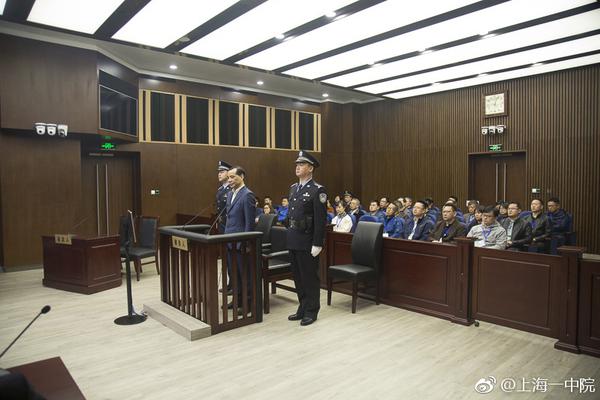 CIS countries HS code usage patterns
CIS countries HS code usage patterns
111.36MB
Check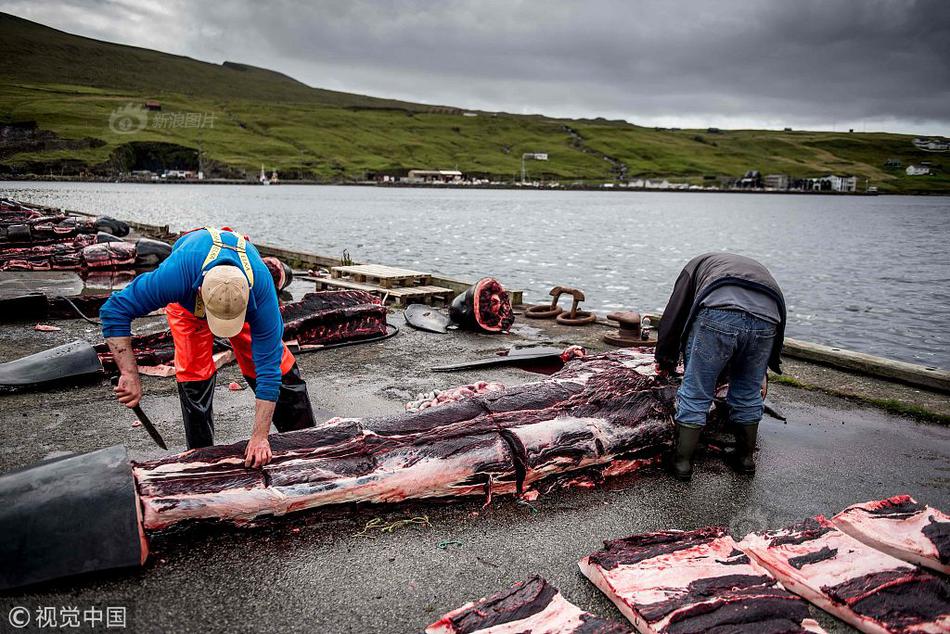 Trade data integration with CRM
Trade data integration with CRM
162.35MB
Check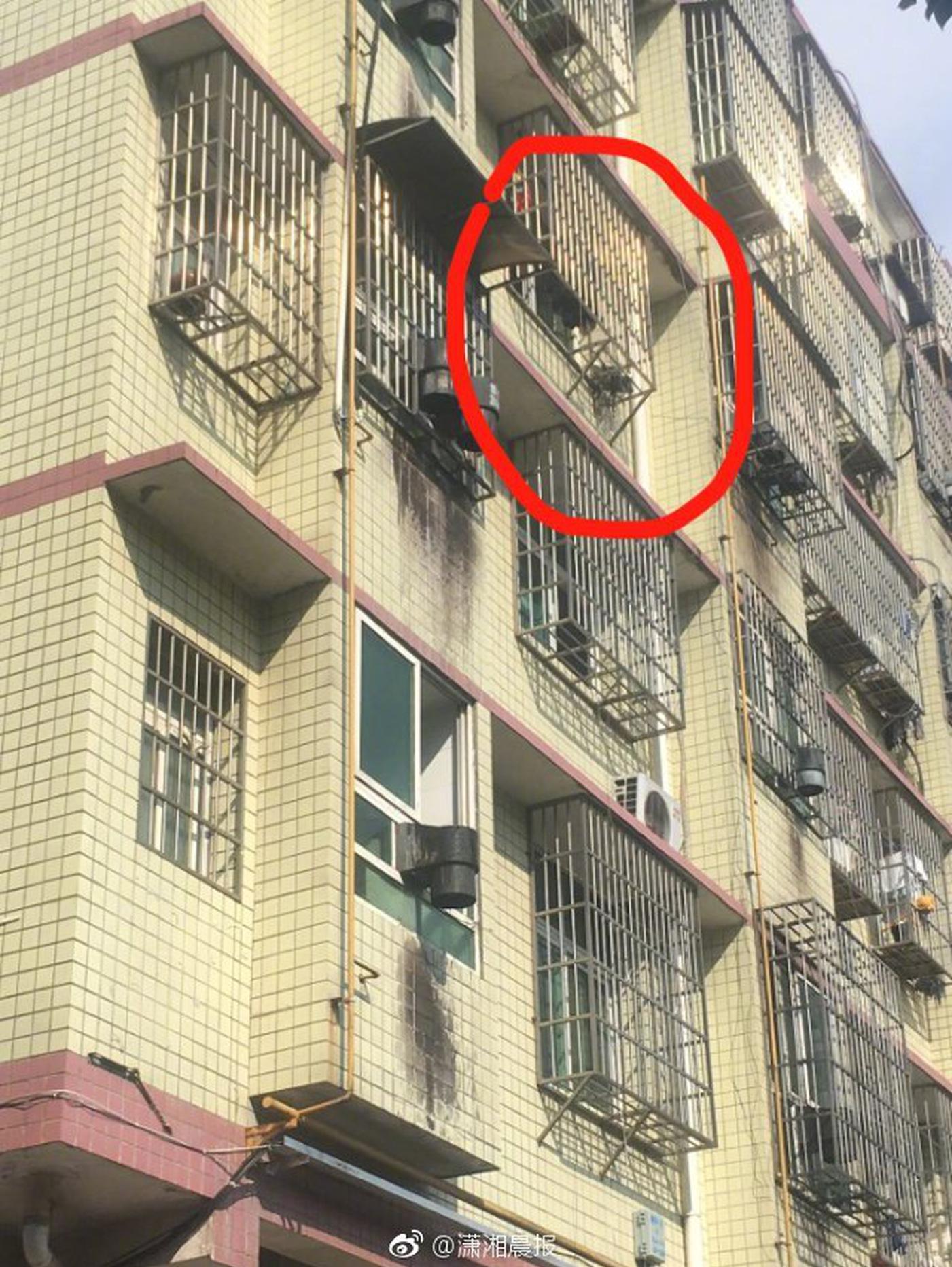 How to comply with export licensing
How to comply with export licensing
383.78MB
Check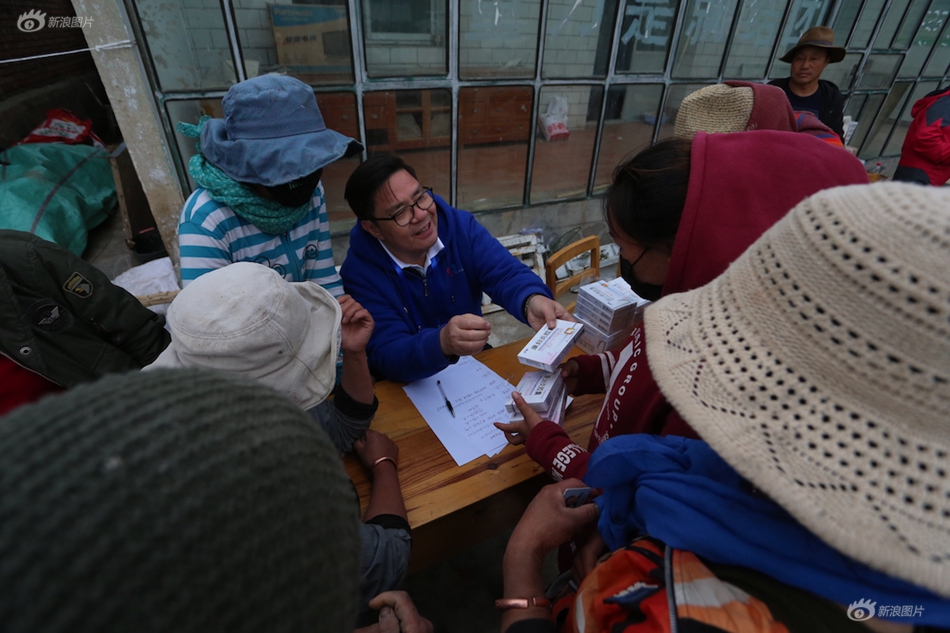 HS code-based inventory forecasting
HS code-based inventory forecasting
239.75MB
Check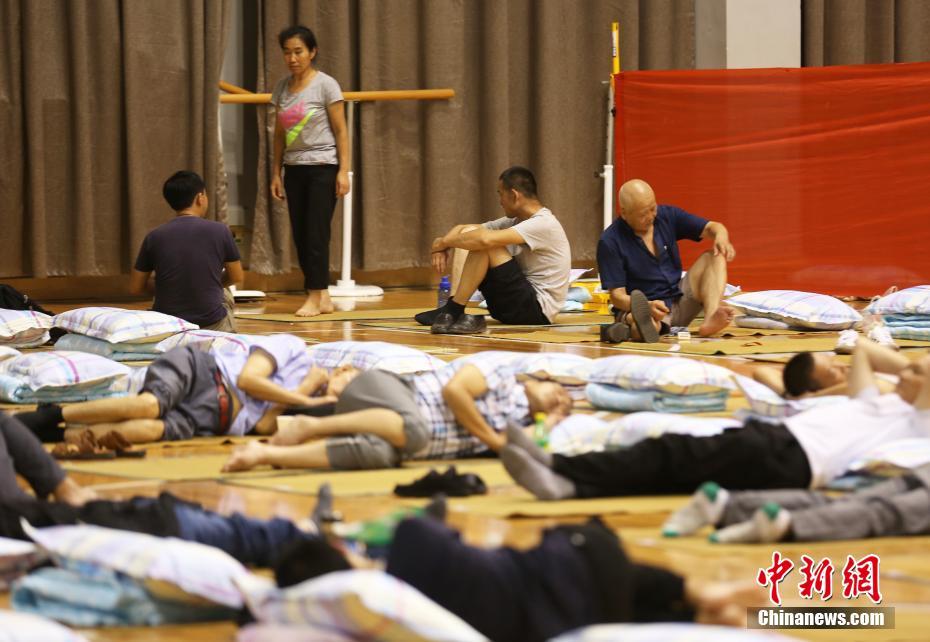 HS code alignment with import quotas
HS code alignment with import quotas
821.95MB
Check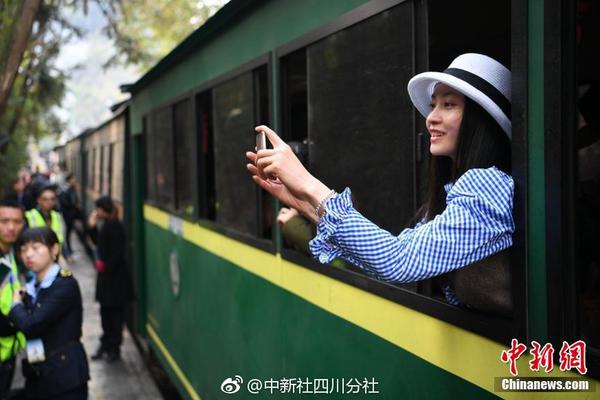 How to reduce shipping delays with data
How to reduce shipping delays with data
629.99MB
Check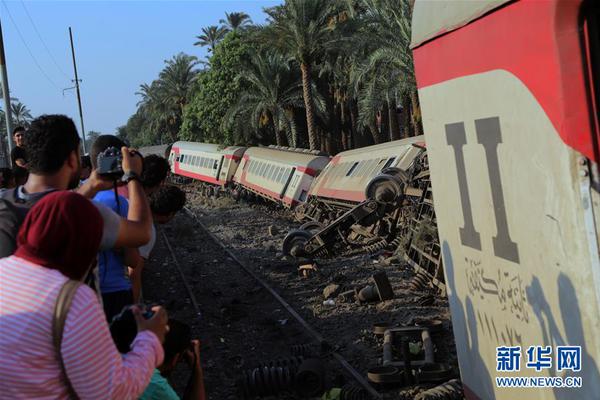 Global trade data integration services
Global trade data integration services
176.48MB
Check Petroleum products HS code insights
Petroleum products HS code insights
667.63MB
Check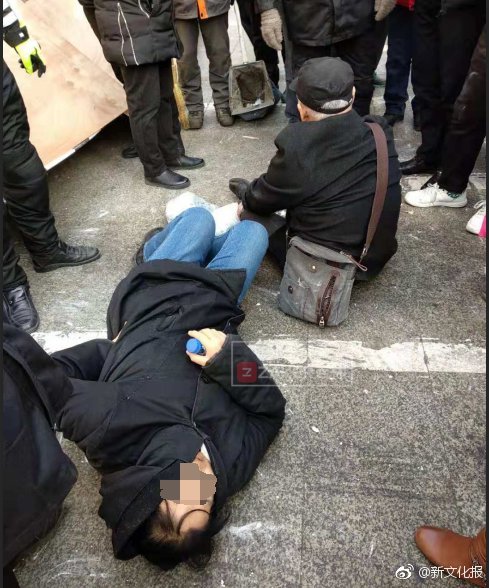 Global trade corridor analysis
Global trade corridor analysis
666.48MB
Check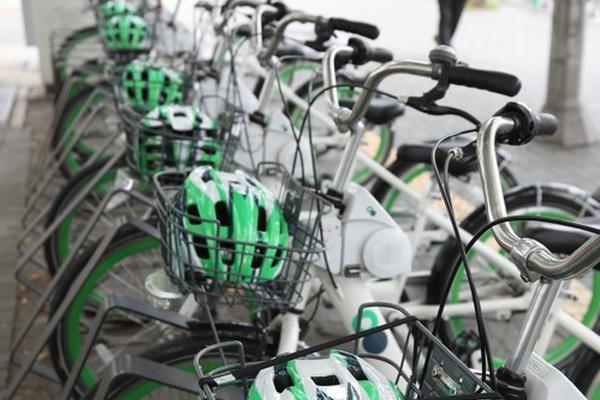 global shipment tracking
global shipment tracking
297.16MB
Check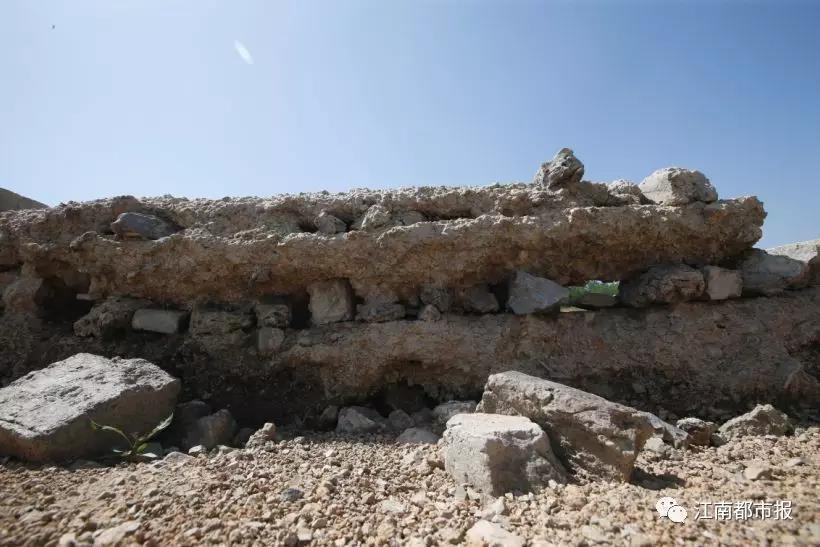 Pre-export HS code verification steps
Pre-export HS code verification steps
339.35MB
Check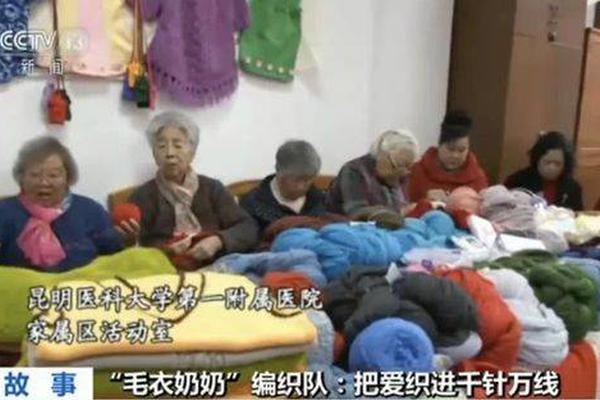 Africa import data trends
Africa import data trends
634.73MB
Check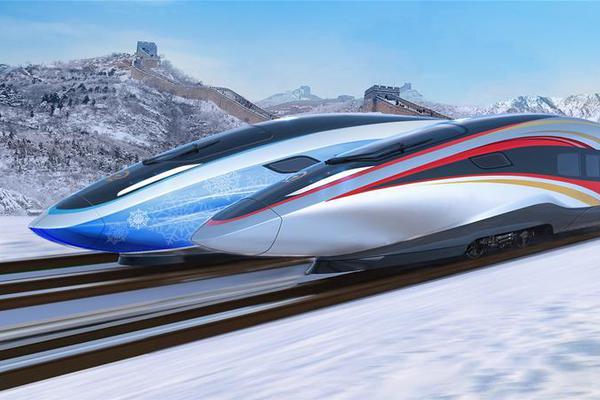 HS code applications in compliance software
HS code applications in compliance software
113.42MB
Check Customs broker performance analysis
Customs broker performance analysis
647.36MB
Check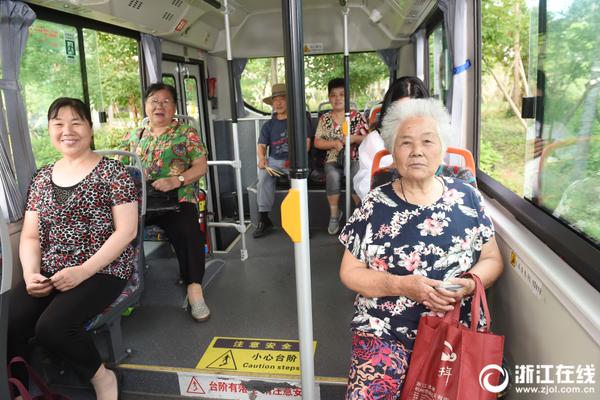 Meat and poultry HS code references
Meat and poultry HS code references
461.35MB
Check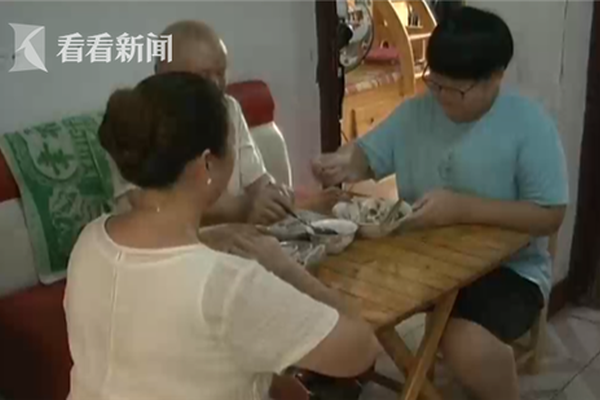 Processed nuts HS code references
Processed nuts HS code references
999.77MB
Check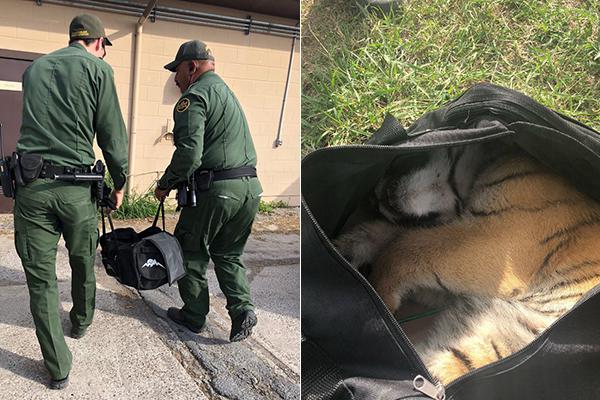 HS code integration with supply chain
HS code integration with supply chain
419.15MB
Check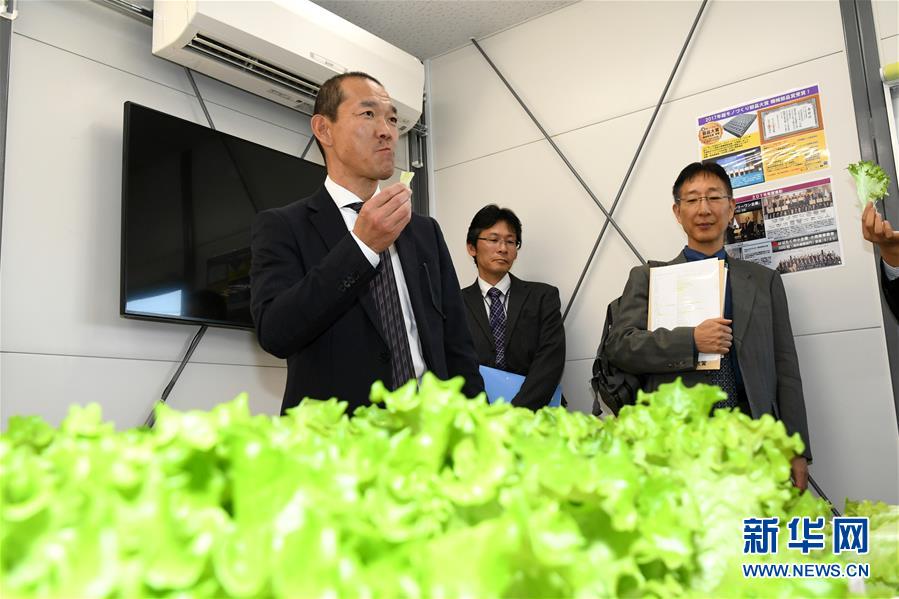 Global HS code standardization efforts
Global HS code standardization efforts
337.33MB
Check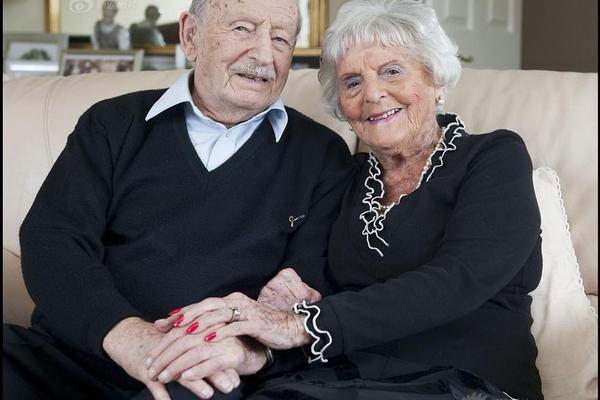 Trade data for risk scoring models
Trade data for risk scoring models
112.17MB
Check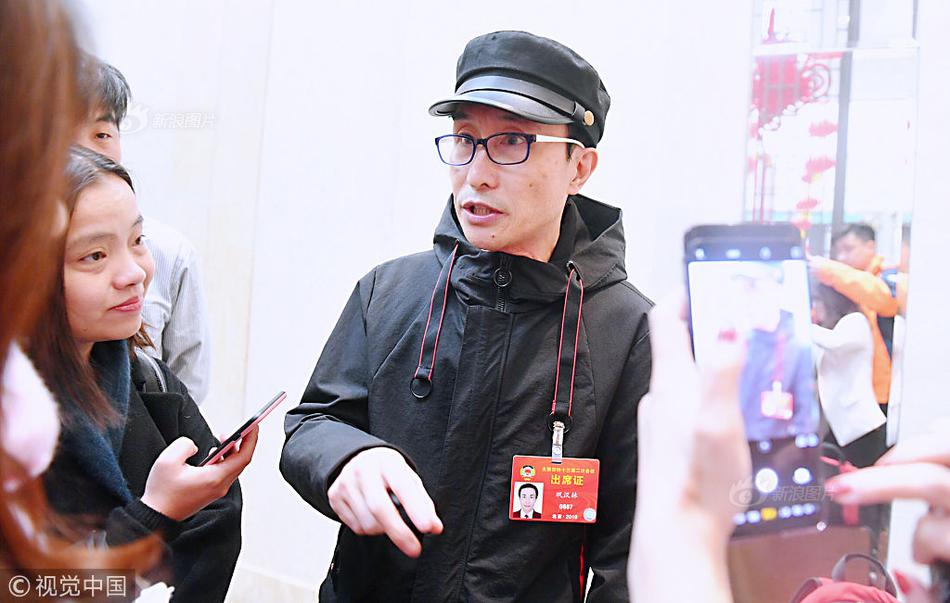 Agriculture import export insights
Agriculture import export insights
752.77MB
Check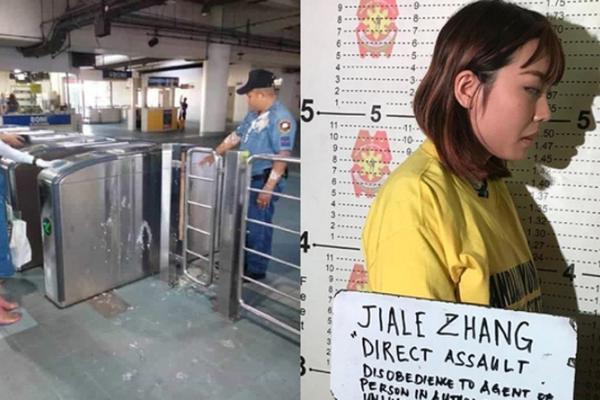 HS code compliance in cross-border rail freight
HS code compliance in cross-border rail freight
784.14MB
Check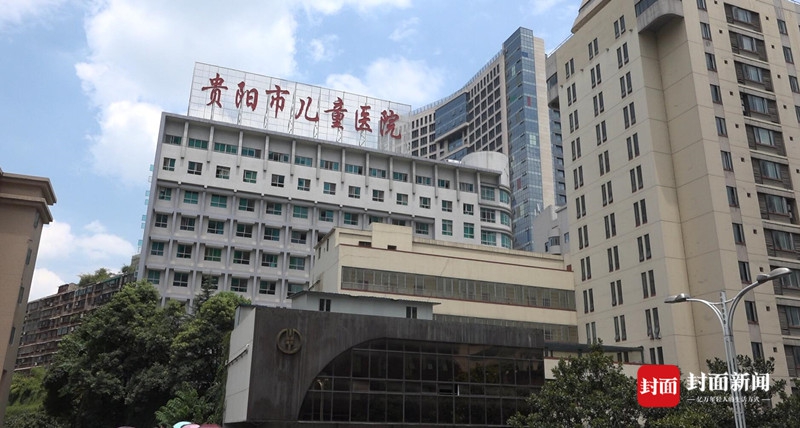 Real-time cargo tracking solutions
Real-time cargo tracking solutions
116.48MB
Check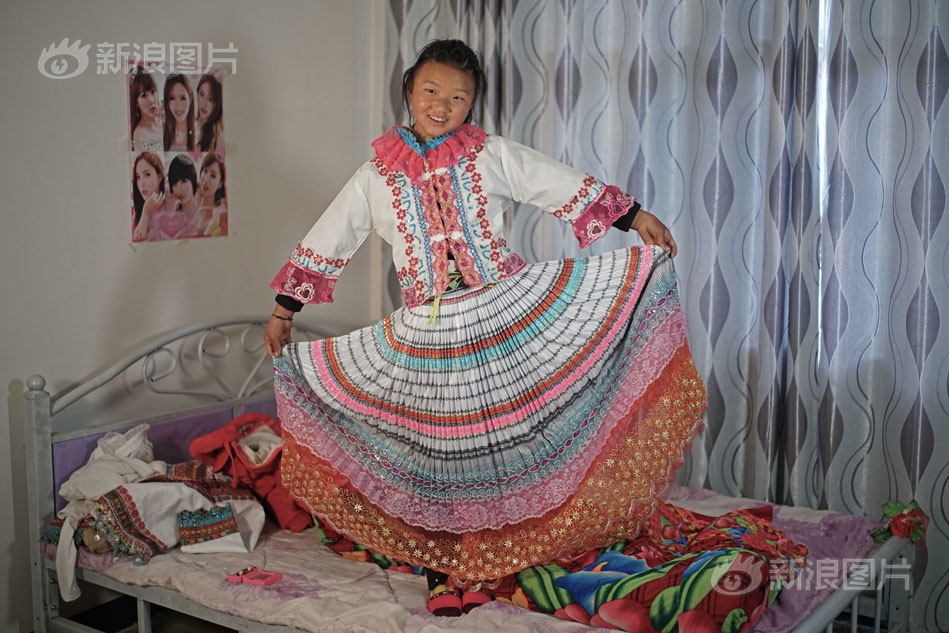 Comparing trade data providers
Comparing trade data providers
368.11MB
Check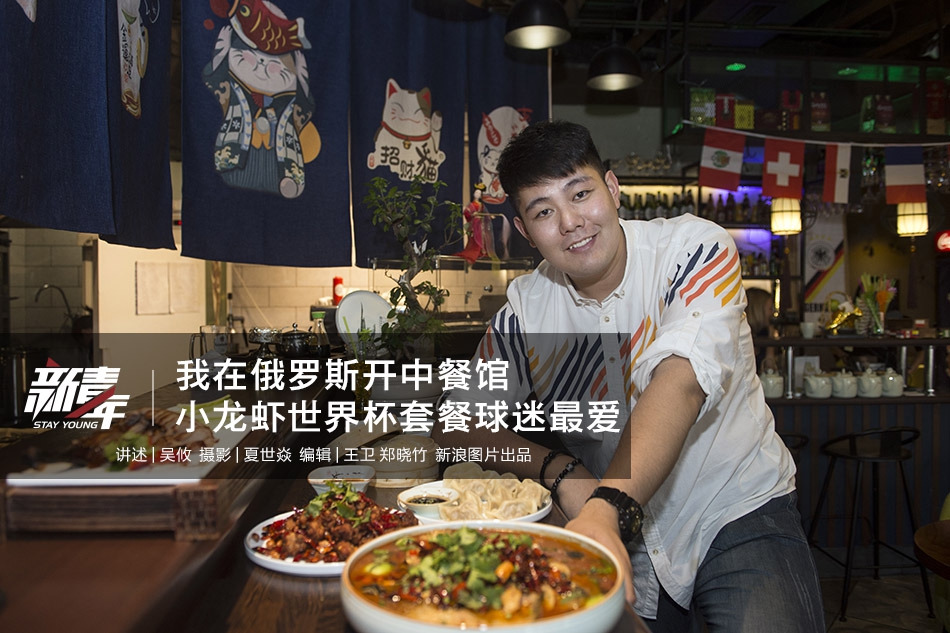 International supply chain dashboards
International supply chain dashboards
875.69MB
Check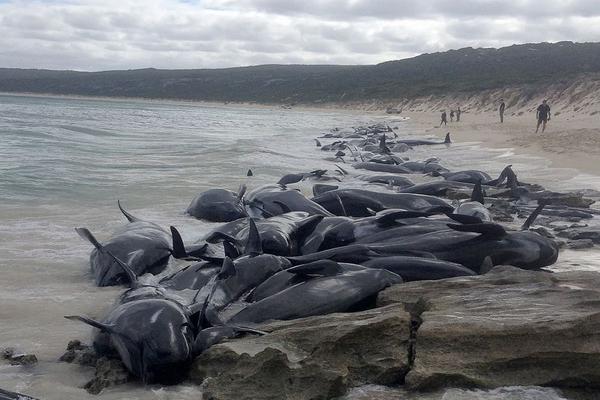
Scan to install
Global supply chain risk assessment to discover more
Netizen comments More
408 HS code mapping for duty optimization
2024-12-24 01:49 recommend
91 Logistics optimization by HS code
2024-12-24 01:32 recommend
2789 Mineral fuels HS code data analysis
2024-12-24 00:43 recommend
207 Trade data for market entry strategies
2024-12-24 00:25 recommend
2732 HS code compliance training for logistics teams
2024-12-24 00:20 recommend